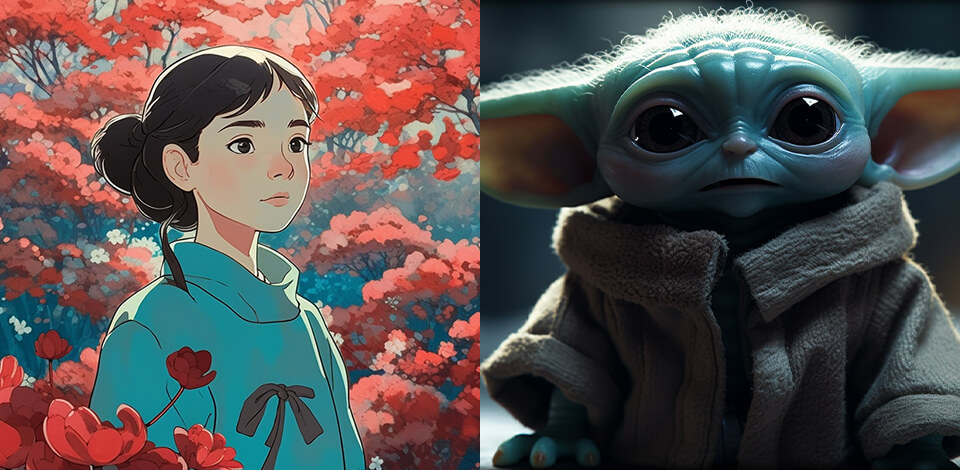
If you take a look at the computer animation definition, you will learn that it is the type of animated graphics that can be created with the help of computers for animation. It became a great alternative to “stop-motion” and hand-drawn animation without fully replacing them. Thanks to computer animation, professionals can now spend less time when working on animated movies.
To digitize a three-dimensional object or character, professionals use special software to create frame sequences of a moving object. Computer animation allows them to animate complex motions. This technology is mostly used by researchers and the creators of animated feature movies.
Depending on the way of creating animation and the key differences of the end product, there are the following main types of animation.
Traditional animation - Fox Interactive. It involves drawing by hand all the stages of a movement frame by frame. This traditional method of animation allowed professionals to create the first hand-drawn cartoons. It was extremely time-consuming and required a lot of effort even when the work was done by experienced animators.
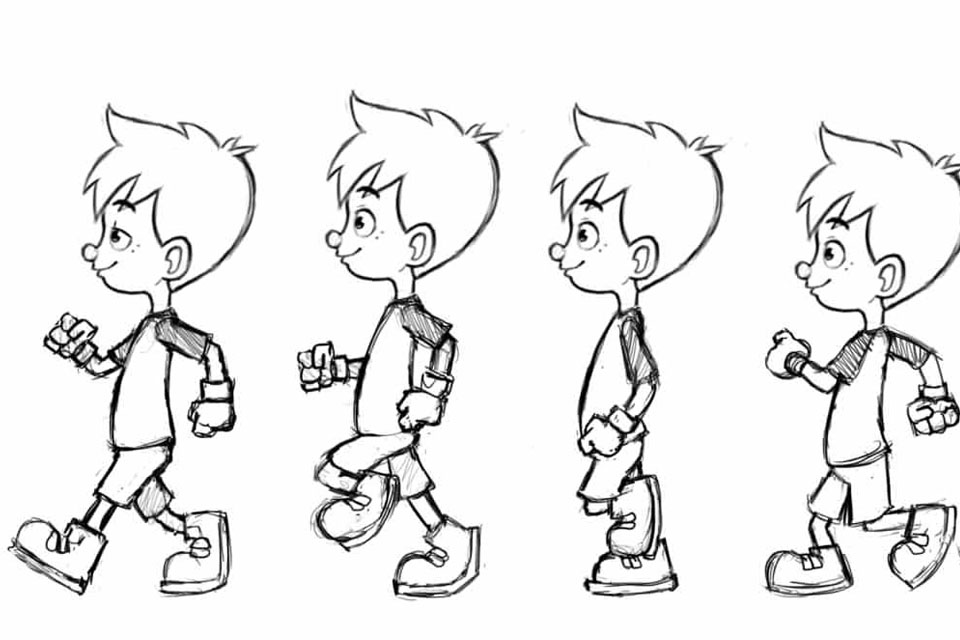
Nowadays, traditional animation techniques are mostly used in cartoons, creative works of artists, and advertising. The genre of hand-drawn animated movies still exists and evolves. For instance, the all-time favorite TV series “SpongeBob SquarePants” or “Simpsons” that were created for an adult audience were drawn frame by frame.
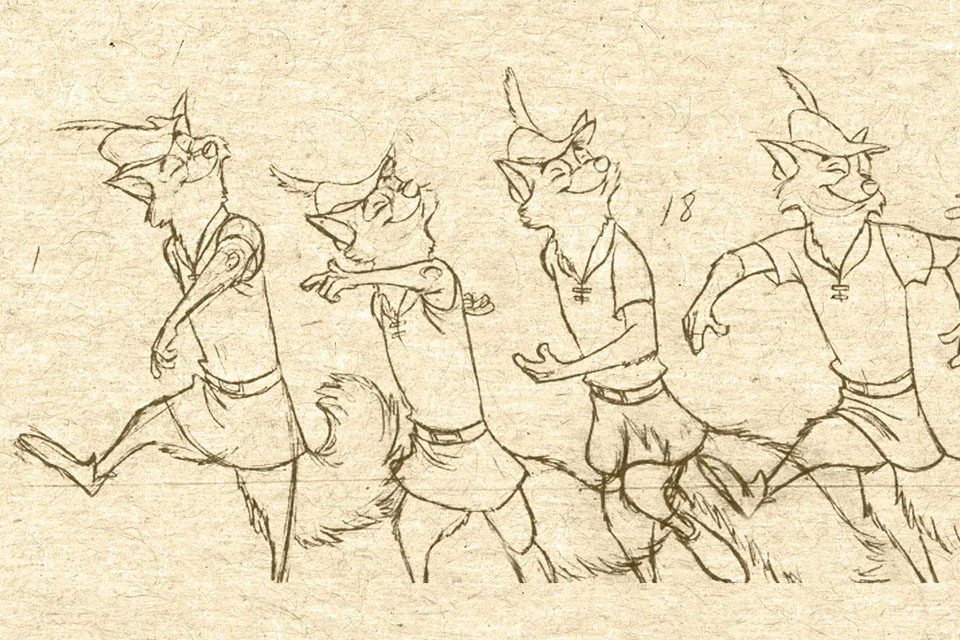
The only difference from the early stage of the development of this genre is that animators now use drawing tablets instead of pens and paint.
2D-vector animation - BluBlu Studios. It involves animating pictures in a vector format. Such animations are different from frame-by-frame movies, as their creators can change the position of the elements, their size and colors on the timeline without drawing separate frames. This type of animation can be created even by a non-professional.
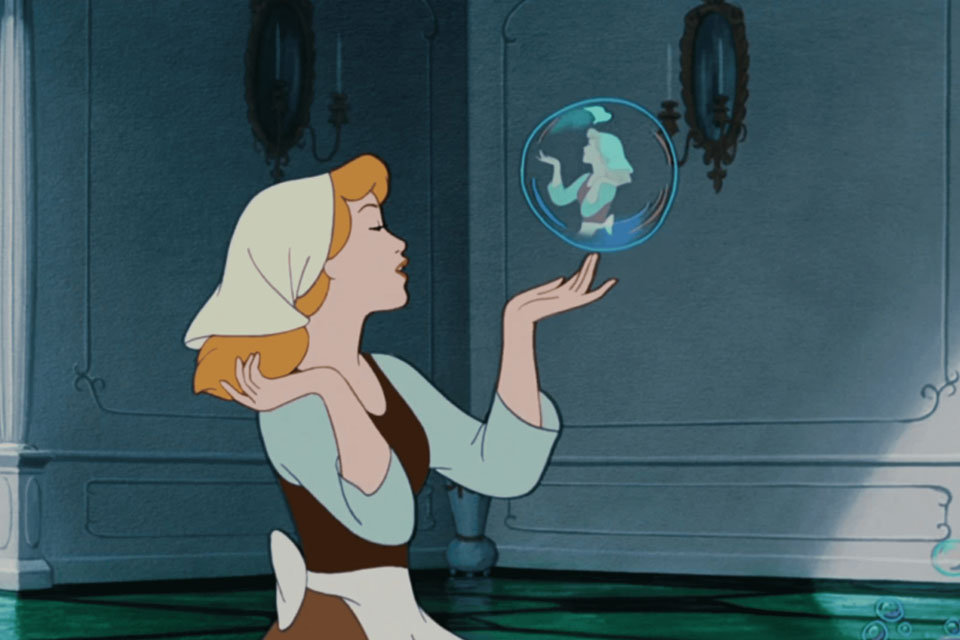
To do it, they just need to use dedicated 2D animation software, such as Adobe After Effects.

When using digital animation software, you can export ready-made vector objects and then animate them. Alternatively, you can create hand-drawn figures of people and animals without leaving the software. Even well-known professionals use 2D vector animation.
3D animation - Pixar. Unlike vector animation, this type requires a professional to master 3D animation software as well as get some knowledge of anatomy, physics, and biomechanics. When it comes to creating movies in this genre, all the elements are created in three dimensions, which allows them to look as realistic as possible.
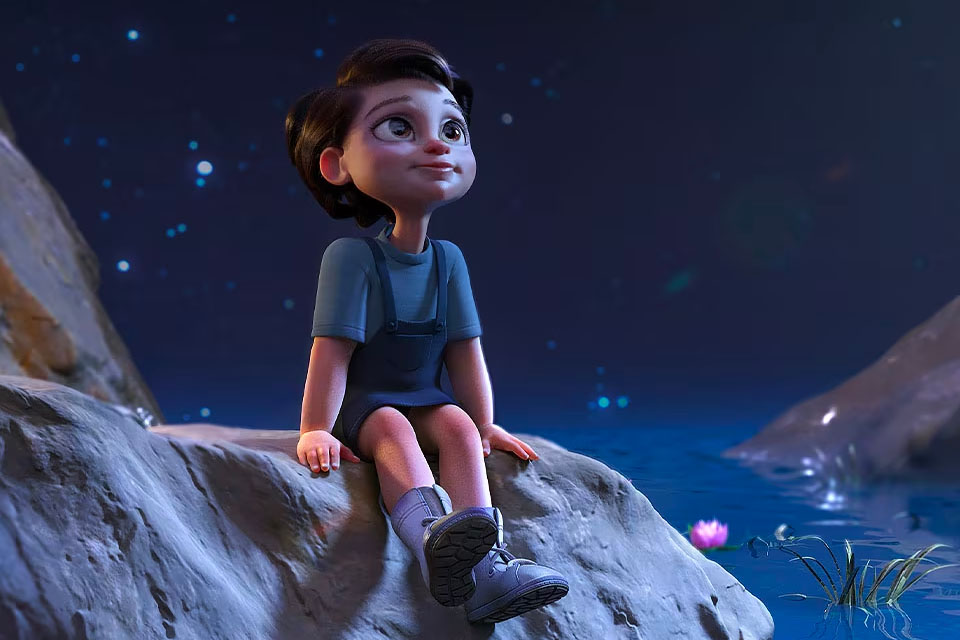
3D graphics became popular in industrial design and reached the peak of its popularity with a rise of interest in augmented reality in the motion picture industry.

A good 3D designer should specialize in modeling, texture blending, animation, visualization, and the choice of the right lighting. To create complex animations, professionals need to use dedicated software for each of these tasks.
Stop-motion - Dong Woo Animation. It refers to a technique that allows animating various objects, for instance, the ones that are made of clay or plasticine. This genre allows professionals to bring to life a variety of stop motion animation ideas.
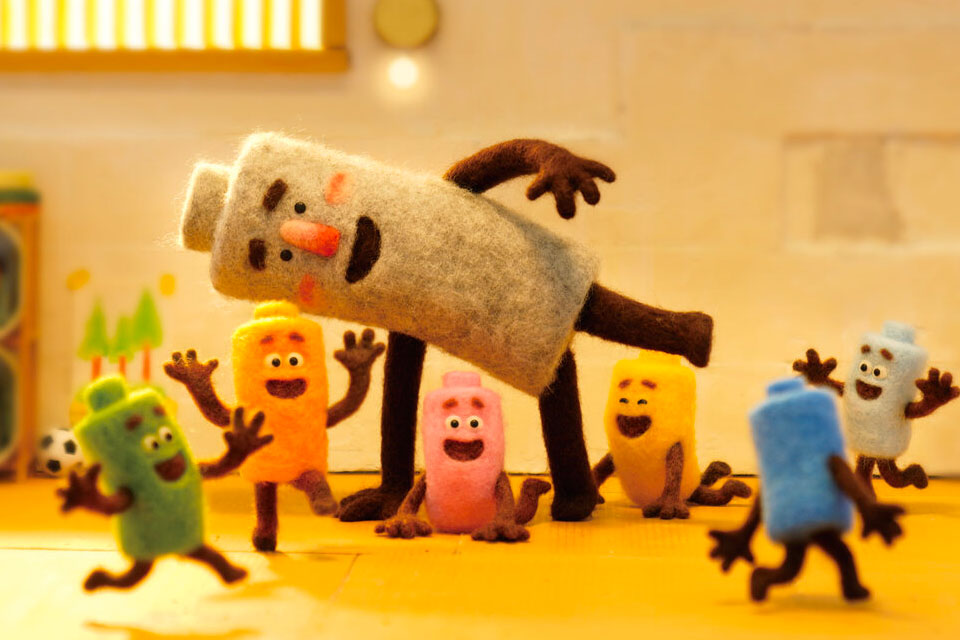
They take photos of each position of characters and objects in the frame and then create frame sequences to convey a sense of movement.
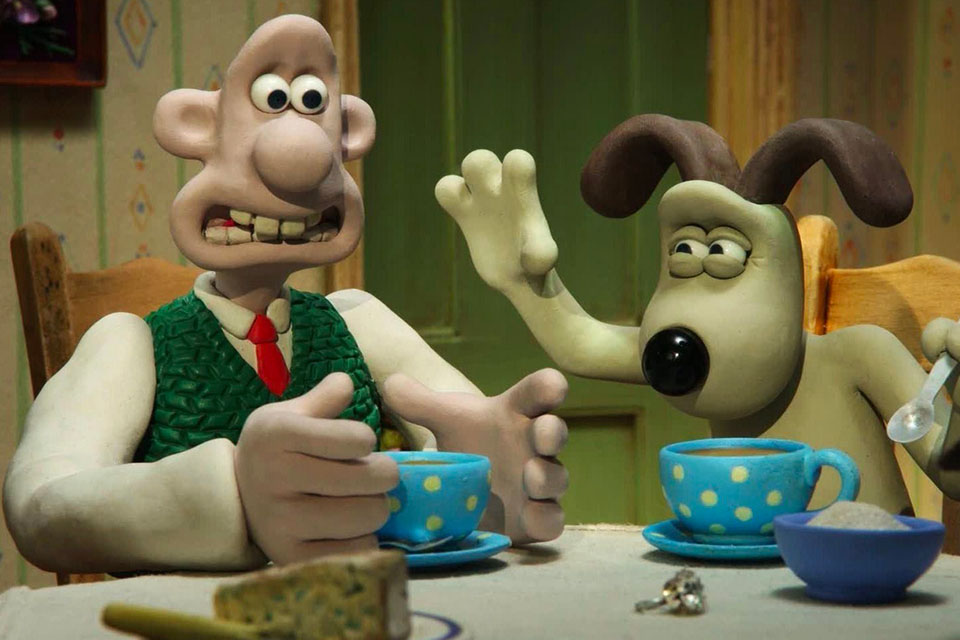
You can easily recognize this genre by abrupt movements that can hardly be considered smooth. This technique is actively used in advertising, mobile app development, and animation.
Key Framing - G&G Entertainment. A keyframe is a specific frame where some changes that we want to capture happen. When we create a frame-by-frame clip, each frame can be considered a keyframe.
However, if you create a 3D animated movie utilizing special animation software, you won’t need to indicate a specific position of every object in the frame. You can just create keyframes instead.
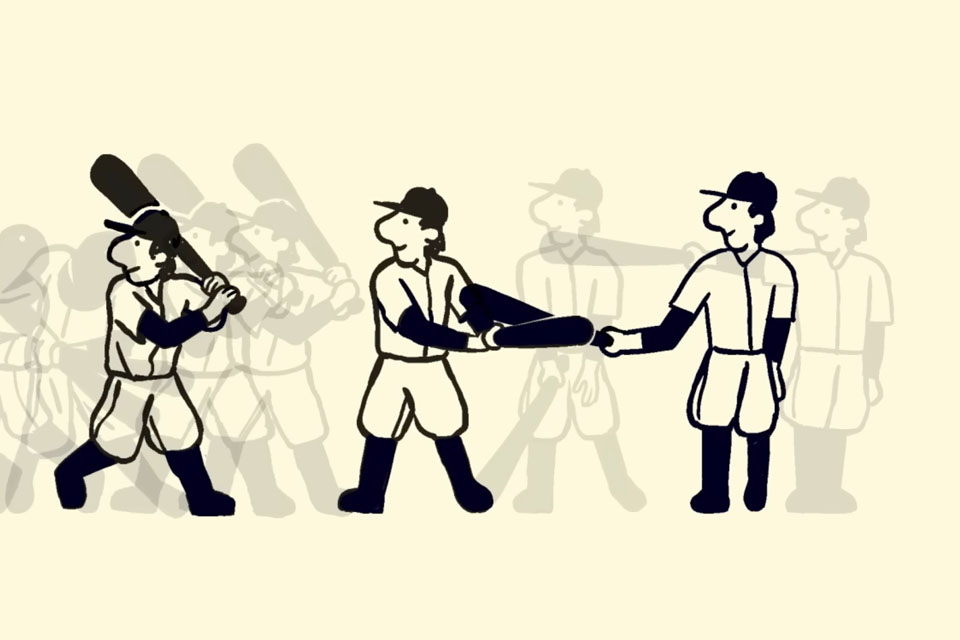
Keyframes refer to the main frames during which an object moves or changes its properties. Many people wonder: “How does computer animation work?” Professional software allows you to create all in-between frames without wasting much time.
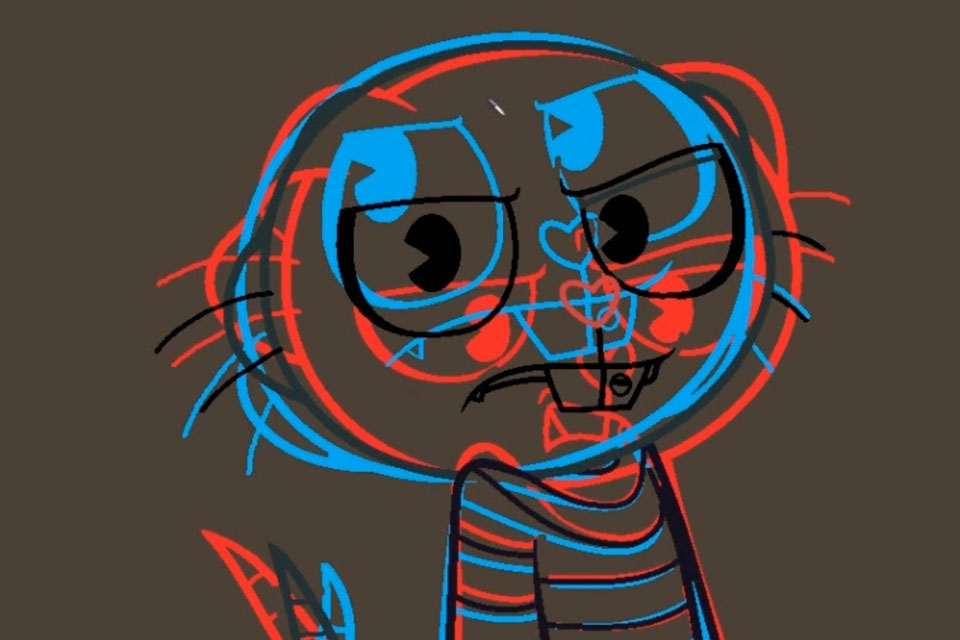
You can compare the frames generated by the software and hand-drawn frames to see the difference for yourself.
I rounded up the most important innovations brought by the leading studios into the industry. It allowed them to become the most famous animation studios in the world and boost their box-office revenue. Due to the usage of new technologies, these companies released iconic movies that captured the hearts of people all across the globe.
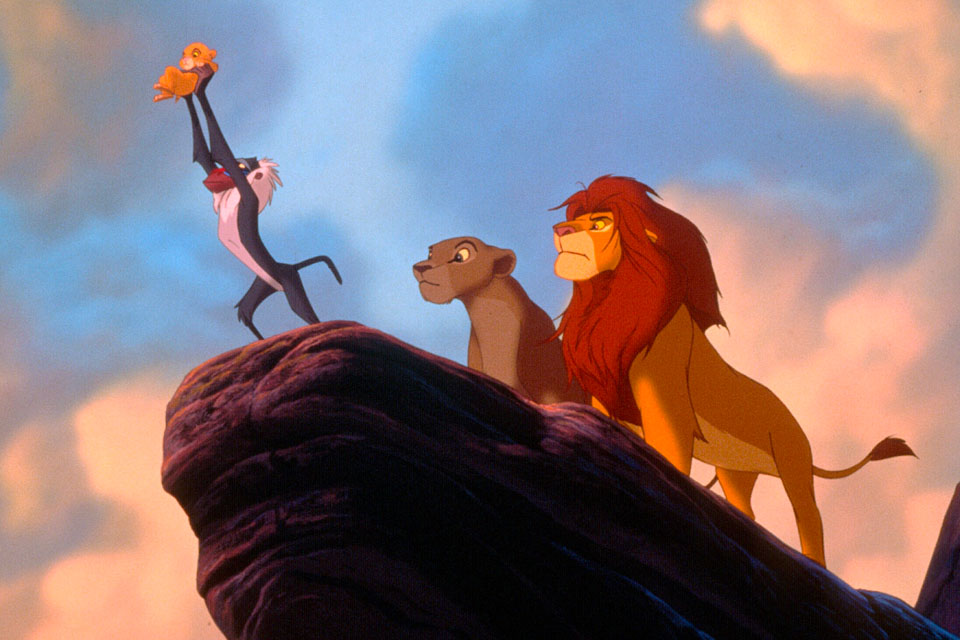
Walt Disney Animation Studious was founded in 1934. The first animated film it released was Snow White. This studio became the pioneer in using the Technicolor technology, and it wasn’t its last achievement. In 1986, the studio became a part of a large corporation, The Walt Disney Company.
The usage of a multiplane camera, Xerox animation, and digital technologies allowed Walt Disney Animation Studious to stand out among competitors. “The Beauty and the Beast” became the first animated movie nominated for Best Film of the Year, while The Lion King still remains the most commercially successful hand-drawn animated film.
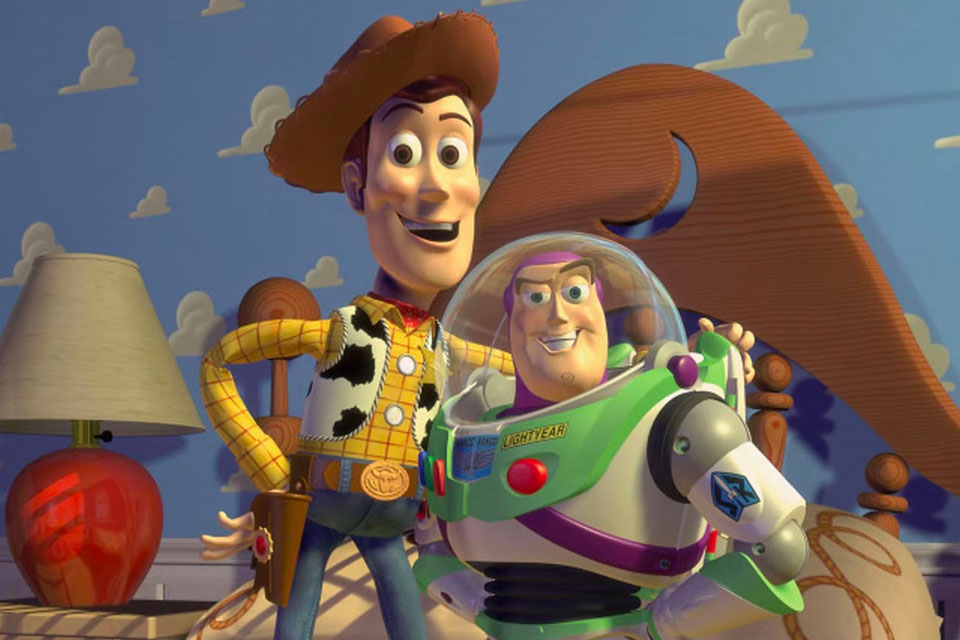
The PIXAR studio was founded back in 1979 by George Lucas as a part of his corporation. In 1986, the company was bought by Steve Jobs for $5 million, however, in 2006, Walt Disney Pictures bought PIXAR for $7.4 billion.
If you consider the box-office results of the most famous movies released by the studio, such as Toy Story, Finding Nemo, and Monsters, Inc., you will see that it can be considered the most commercially successful company in the history of cinema. It also made a significant contribution to computer animated art. Besides, PIXAR specializes in creating motion graphics software, that was successfully used by the creators of such movies as Titanic, The Lord of the Rings, and Matrix.
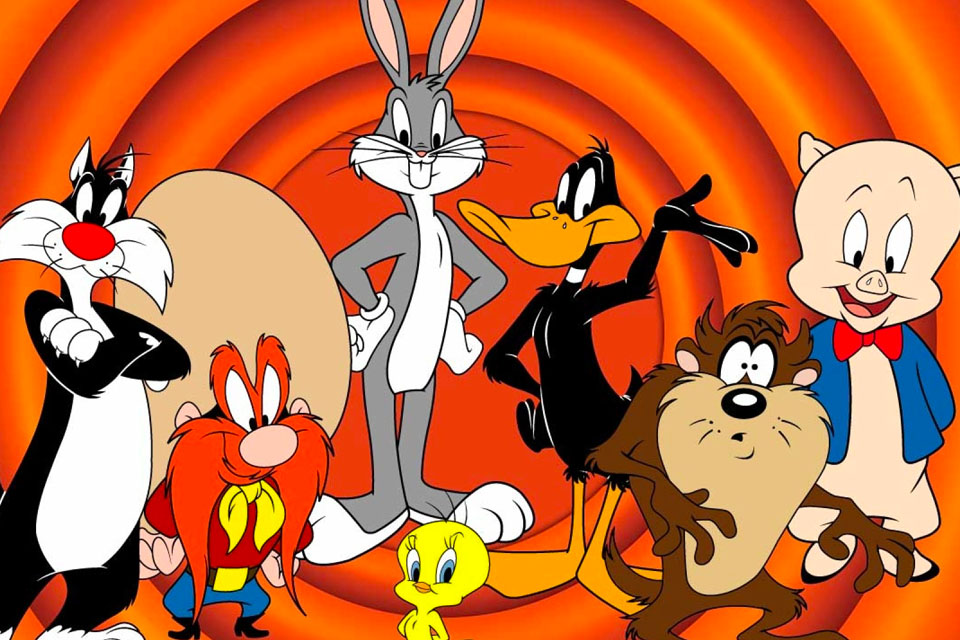
When it comes to Warner Bros. Cartoons, it’s impossible not to mention Looney Tunes because this animated series became a great parody of the films created by Walt Disney and introduced such characters as Bugs Bunny, Daffy Duck, Wile E. Coyote, Tweety Bird, and many more. These funny and sometimes annoying characters were created by the talented Leon Schlesinger in 1930.
The history of Warner Bros. Cartoons started with the animated series Merrie Melodies. Its episode titled “It’s Got Me Again!” was nominated for Oscar as The Best Animated Film. Looney Tunes and Merrie Melodies had been airing until 1969. In 1980, Warner Bros. Animation became the successor of Warner Bros. Cartoons and created a TV series with well-loved characters titled “Tom and Jerry Tales” (2006).
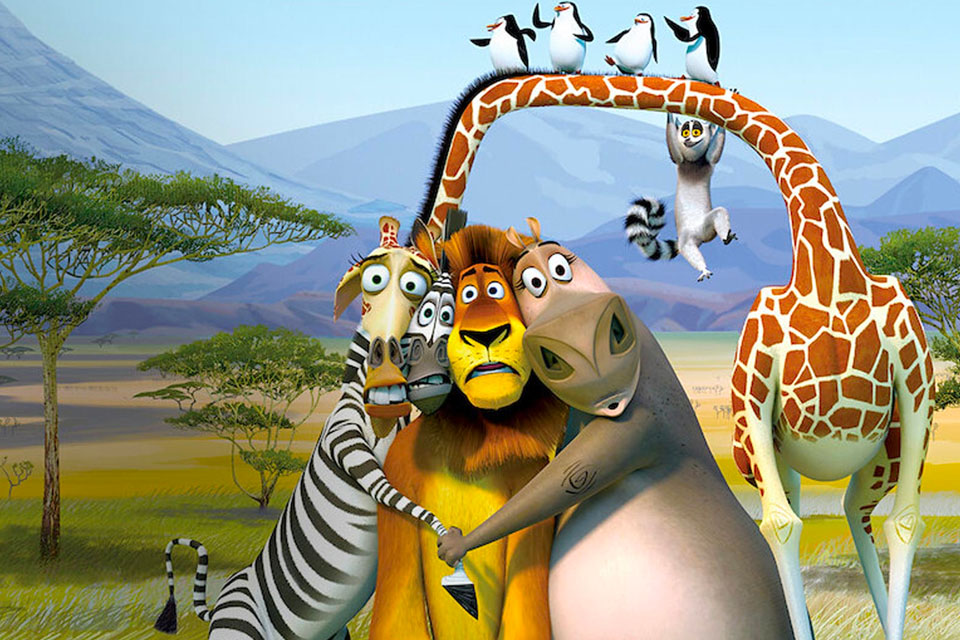
DreamWorks Animation SKG was founded back in 1994. The first animated pictures created by the studio, such as The Prince of Egypt, The Road to El Dorado, and Spirit: Stallion of the Cimarron, were full of dramatic twists and mostly relied on hand-drawn animation techniques.
They became the signature movies of the studio and were instantly promoted to the rank of a classic. Then, the philosophy of the animated films changed, and the scriptwriters focused on humor and computer animation. It allowed the studio to release such comedy masterpieces as Shrek, Kung Fu Panda, Madagascar, How to Train Your Dragon, and other popular films.
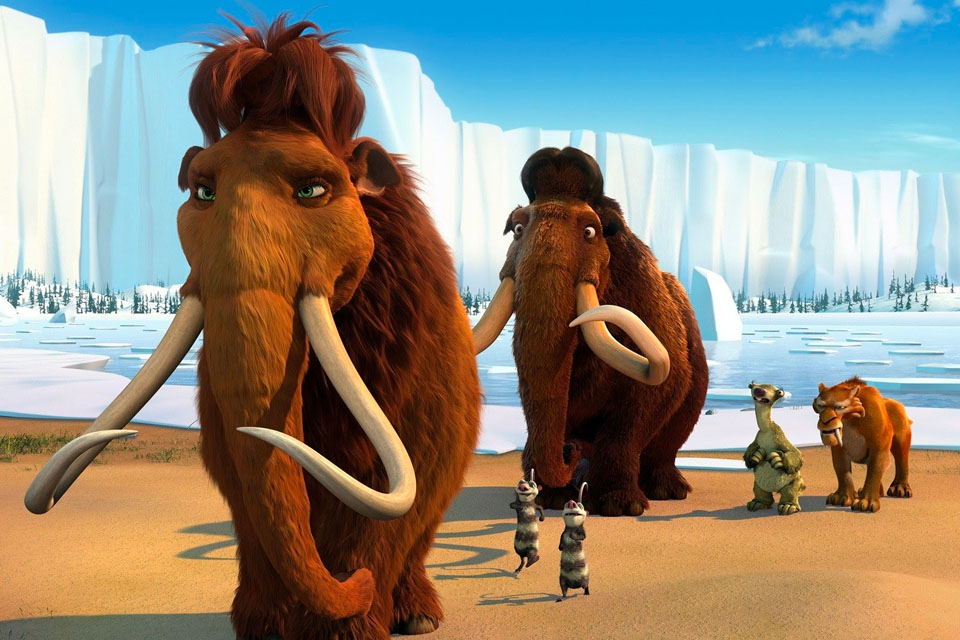
At first, this studio was mostly known for creating attention-grabbing commercials and visual effects. Blue Sky Studios also created basic animated logos and other animated objects. In 1987, the company started to work as an American computer animation film studio. It was founded in Greenwich, Connecticut.
As time passed, moved on to more advanced projects that involve animated characters. Among its clients were such companies as M&M and Nickelodeon. After that, the studio started to create its own unique characters.
Back in 2002, the studio wanted to create hand-drawn animations for Ice Age. However, it decided to take a risk and use computer-animated graphics instead. Due to this, it became one of the powerhouses among other leading companies in this industry. The studio released 4 sequels after the success of the first film.
They even created a sequel with the squirrel Scratch. It was called No Time for Nuts. If you take a closer look at all five movies, you will see that Ice Age The Meltdown clearly stands out among the rest. It has a DVD version and earned $660.9 million.